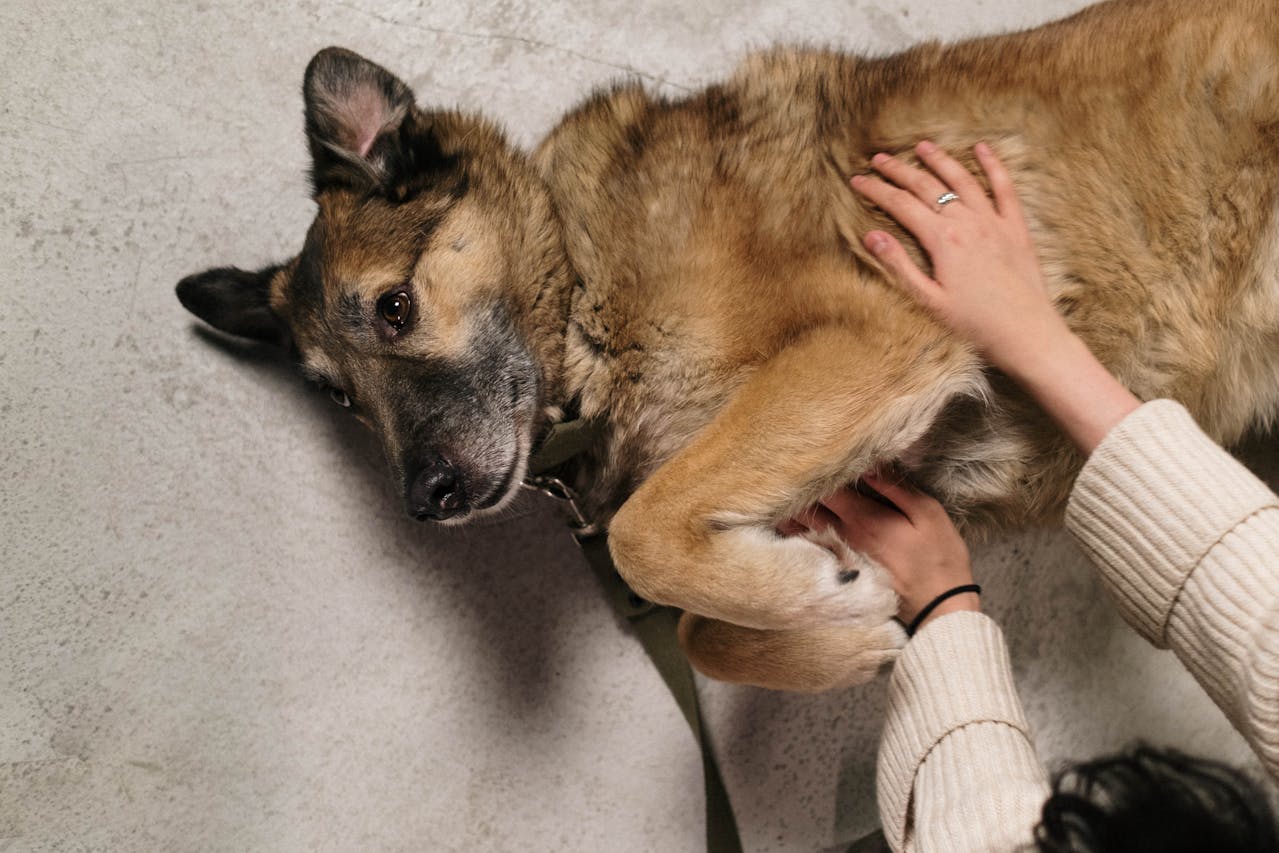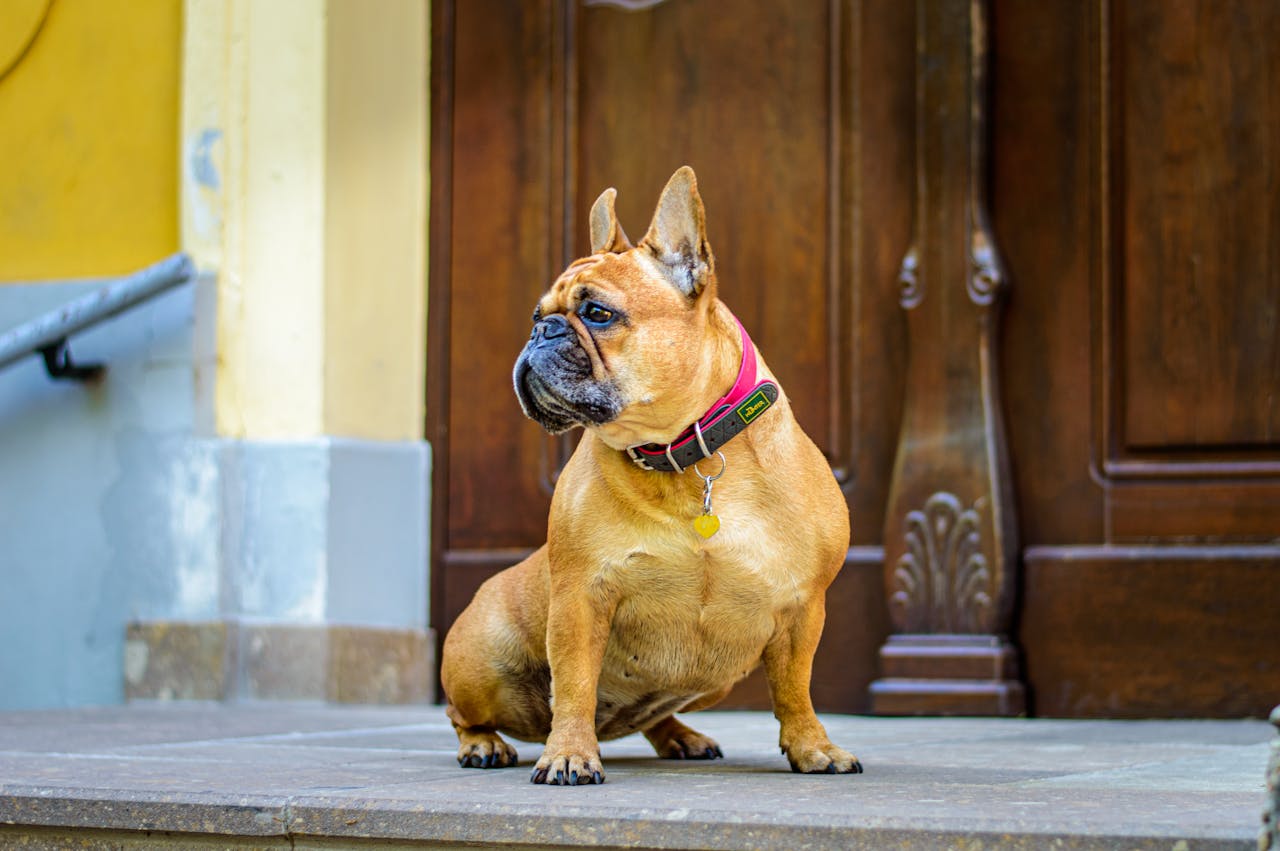Osteoarthritis in Dogs

Dogs and Arthritis: A Condition Affecting Our Canine Companions
Arthritis is not limited to humans; our beloved pets also fall victim to this painful condition.
Osteoarthritis, often referred to as degenerative joint disease, is a debilitating ailment caused by the erosion of cartilage in the joints, typically advancing with age.
Recognizing Symptoms of Osteoarthritis in Your Pet
A noticeable early sign of osteoarthritis is a decrease in your pet's activity level or reluctance to engage in specific physical activities. Additional initial indicators may include:
-
Difficulty rising from a resting position
-
Challenges with stair climbing or entering/exiting a vehicle
-
Reduced playtime or exercise
-
Increased time spent lying down
-
Stiffness or lameness that improves with activity
-
Persistent limping or lameness
Some of these symptoms may overlap with other health issues, emphasizing the importance of consulting a veterinarian to pinpoint the cause of these changes in your pet's behavior.
Treating Osteoarthritis in Pets
Various treatment options are available for pets dealing with osteoarthritis. Most frequently, veterinarians prescribe anti-inflammatory medications to alleviate pain and reduce inflammation. When discussing the prescribed treatment with your vet, it's essential to inquire about potential side effects.
In severe cases of osteoarthritis, surgery may be recommended, which can encompass joint replacements, including hips. Surgery typically serves as a last-resort option but can significantly enhance your pet's quality of life.
Pet owners should remain attentive to their pet's behavior and schedule regular check-ups with a veterinarian. Self-medicating your pets for pain is strongly discouraged, as certain medications can be toxic to your pet, and individual animals may react differently to treatments.
How to Create a Comfortable Home for Your Dog with Arthritis
If your canine companion seems to be slowing down and you suspect it's due to osteoarthritis (OA), your home environment can play a crucial role in easing their discomfort. Slippery floors, stairs, and other obstacles can make daily life challenging for arthritic dogs. To enhance your dog's quality of life, consider the following modifications:
Consult Your Veterinarian: If your dog is in pain, consult your veterinarian for appropriate medications and supplements to manage their condition.
Add Slip-Resistant Surfaces: Many dogs with osteoarthritis struggle on slippery surfaces like vinyl, tile, or hardwood floors. Improve their stability by incorporating slip-resistant surfaces in your home:
Rugs: Place area rugs or runners in high-traffic areas. Use adhesive strips under rug corners and non-slip pads beneath them to prevent tripping hazards.
Grippy Socks: Specialized dog socks with grips can provide additional traction on smooth floors, aiding mobility and preventing slips.
Regular Nail Trims: Keep your dog's nails short through regular nail trims. Long nails can cause discomfort and affect their gait.
Supportive Bedding: Invest in a supportive orthopedic or memory foam bed to cushion your dog's joints during rest. Additionally, consider providing a warm, cozy sleeping area, especially in cold weather, to alleviate discomfort.
Elevate Food and Water Bowls: Elevate your dog's food and water bowls to minimize neck and back strain. However, consult your vet if your dog is prone to gastric dilatation volvulus (GDV) or bloat, as elevated bowls may not suit all breeds.
Mobility Assistance: Help your arthritic dog move around more comfortably:
Ramp: Install ramps to aid your dog in accessing cars or beds without exerting excessive effort or experiencing pain. Ensure the ramp is not too steep or slippery.
Assistance Harness: Use harnesses with handles to support your dog's mobility, especially for bathroom breaks or moving within the house. This is particularly helpful for dogs with severe osteoarthritis. In a pinch, a rolled-up beach towel under their belly, just in front of their back legs, can provide temporary support.
By implementing these changes, you can create a more arthritis-friendly home environment for your beloved four-legged companion, allowing them to navigate with greater ease and comfort.
Get insurance plans with wide-ranging coverage options













